Learn About Hazardous Location Classifications
Class I Division 2
Many industrial processes find themselves in hazardous locations and with these sorts of locations you need safety classifications. Whether you are in the petrochemical industry or the cannabis industry or anywhere in between there may be a good chance that you need explosion-proof classified units.
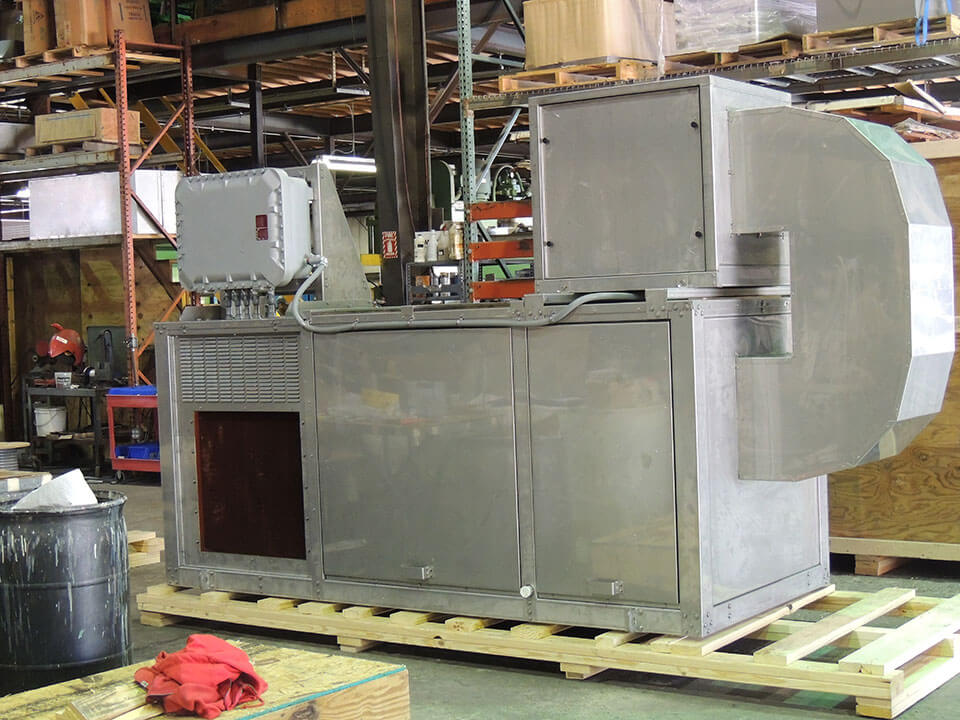
How are these classified and what is the criteria? The National Electrical Code (NEC) defines a National Fire Protection Association classification system for hazardous locations. Specifically, NFPA 70.
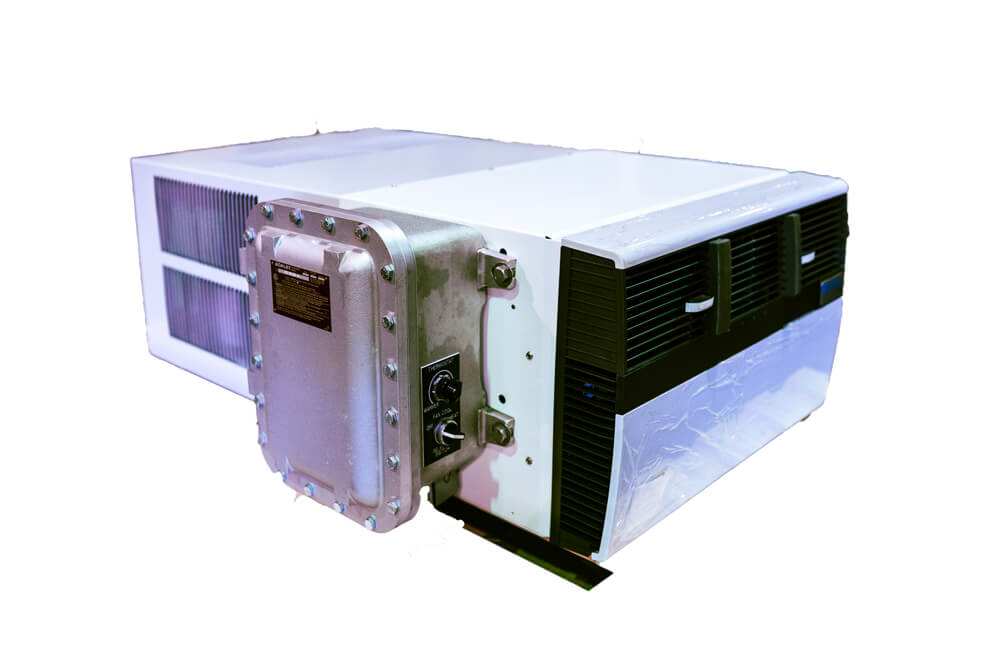
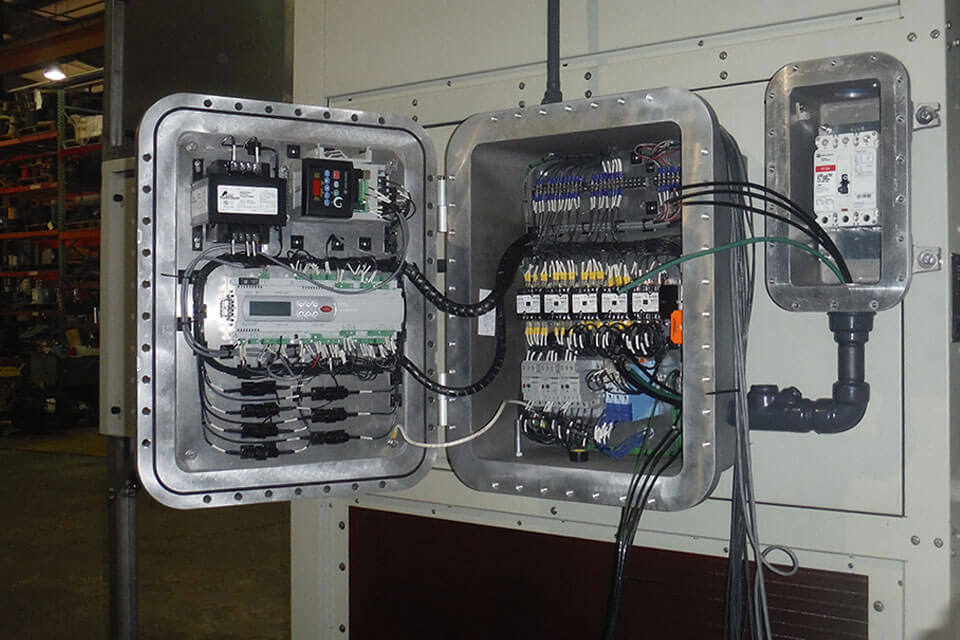
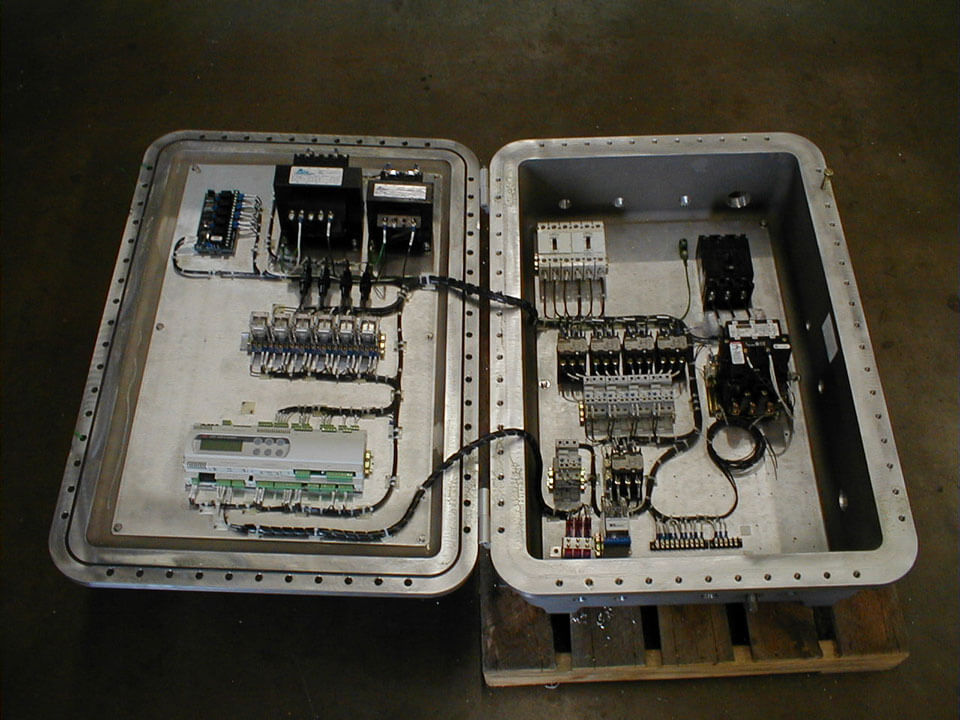
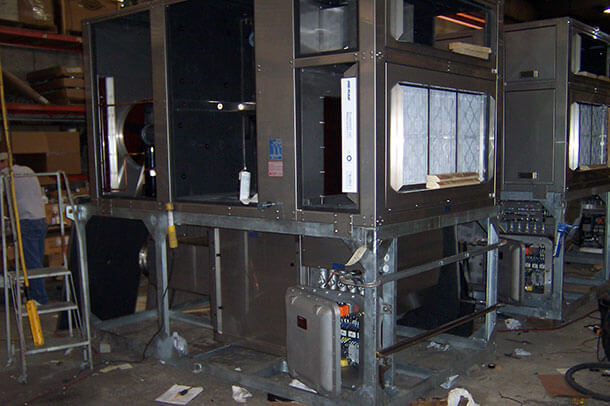
What is Class I Division 2?
Many processes fall under this category. A Class I Division 2 Location (C1D2) is a zone “in which volatile flammable liquids or flammable gases are handled, processed, or used, but in which the hazardous liquids, vapors, or gases will normally be confined within closed containers or closed systems from which they can escape only in case of accidental rupture or breakdown of such containers or systems, or in case of abnormal operation of equipment; or in which ignitable concentrations of gases or vapors are normally prevented by positive mechanical ventilation, and which might become hazardous through failure or abnormal operations of the ventilating equipment; or that is adjacent to a Class I, Division 1 location, and to which ignitable concentrations of gases or vapors might occasionally be communicated unless such communication is prevented by adequate positive-pressure ventilation from a source of clean air, and effective safeguards against ventilation failure are provided.” (osha.gov)
What is the Difference Between Class I Division 1 & Class I Division 2?
In simple terms C1D1 represent hazardous materials, gases, flyings and fibers that are present at all times. C1D2 represents the presence of these hazardous materials, gases, flyings & fibers to be present under extraneous situations that are not considered to be in the scope of what is considered safe.
For example, in a fuel testing room the gases or materials have escaped and now entered into the workspace. A PBX system would suffice in this case as we can expel all materials safely and bring fresh air in and pressurize the room.
All our units will meet C1D1 or C1D2 requirements if needed and Scientific Systems/GCI have been producing these products for over 50 years.
